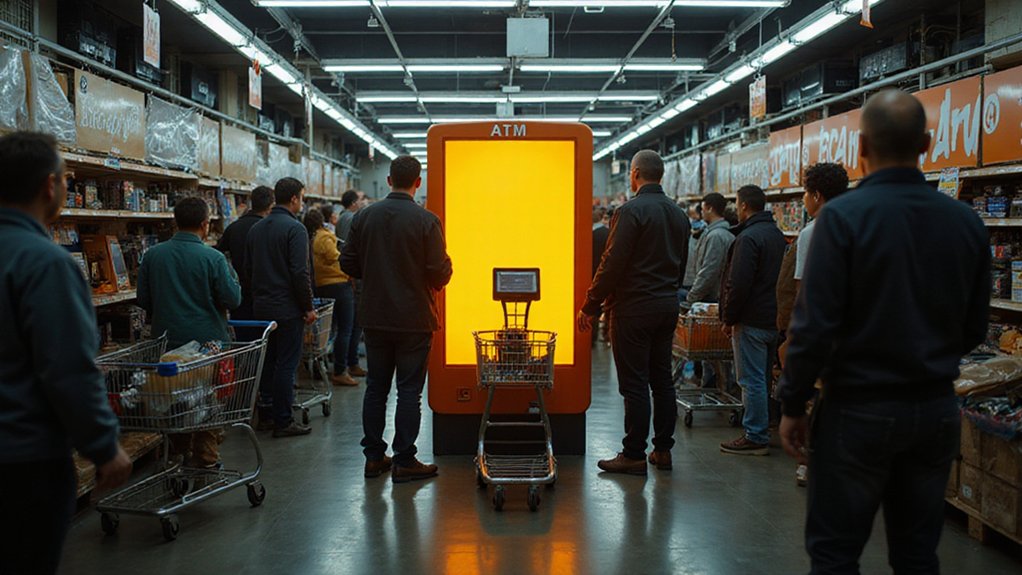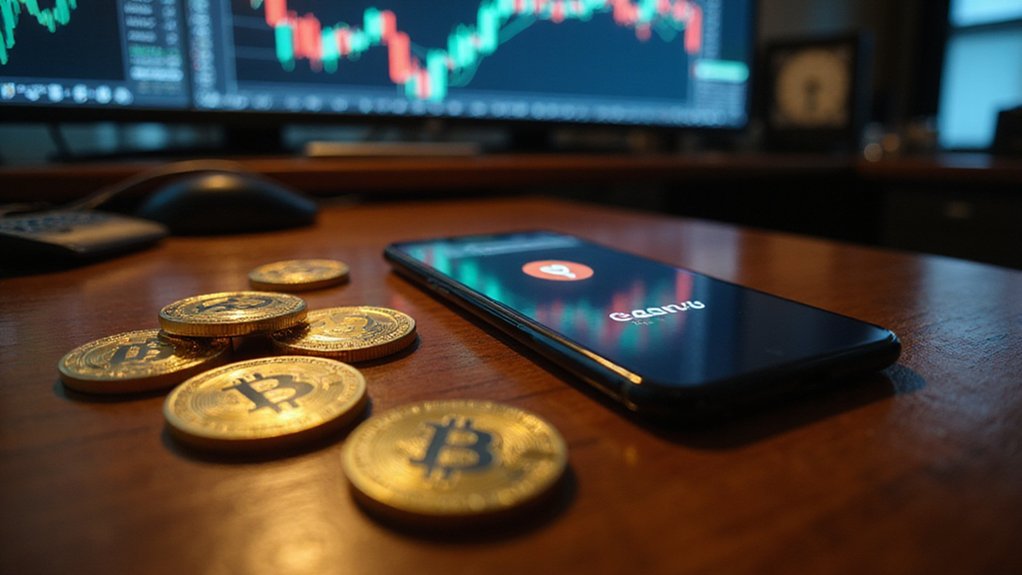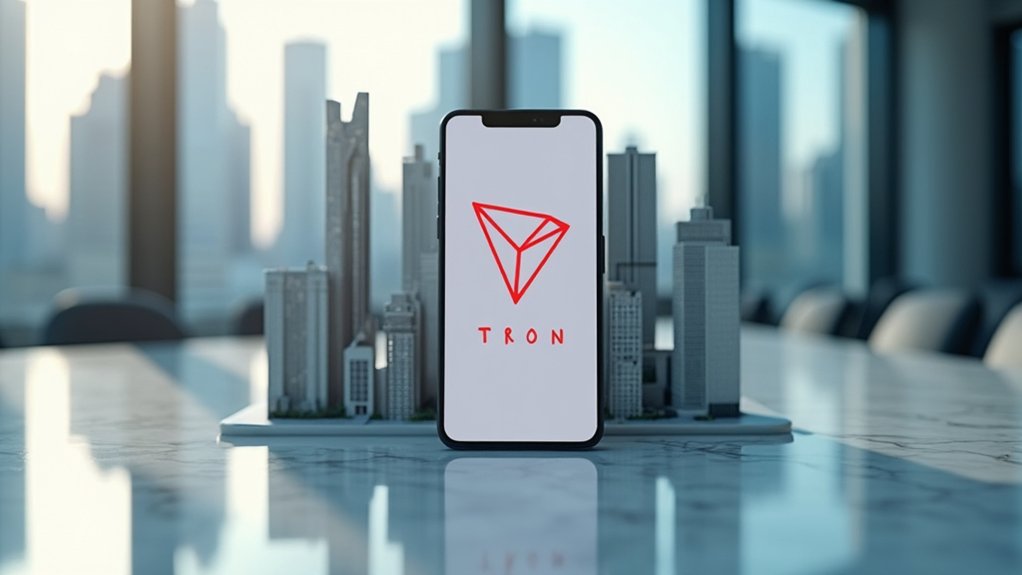While the financial world has spent decades perfecting the art of turning tangible assets into increasingly abstract derivatives, the blockchain revolution has introduced a peculiar twist: Real-World Assets (RWAs) now promise to transform those same physical and financial instruments back into digital tokens, creating what amounts to echoes of reality that can be traded, fractionalized, and deployed across decentralized finance protocols with unprecedented efficiency.
The tokenization process fundamentally converts ownership rights into blockchain-based digital tokens through smart contracts, which automate enforcement without traditional intermediaries—a development that would have seemed fantastical to previous generations of bankers who built entire careers on being precisely those intermediaries. These tokens represent everything from Manhattan penthouses to government bonds, precious metals to intellectual property, enabling fractional ownership of assets that were previously accessible only to institutional investors or the exceptionally wealthy.
Tokenization dismantles centuries-old financial gatekeeping, transforming exclusive assets into fractional digital ownership accessible to ordinary investors through automated smart contracts.
The mechanics prove surprisingly straightforward: blockchain technology guarantees immutability and transparency of tokenized asset records, while smart contracts handle the complex choreography of ownership transfers and compliance requirements. Recent regulatory frameworks, including the EU Commission’s Pilot Regime, have begun providing legal scaffolding for this digital transformation, lending legitimacy to what skeptics initially dismissed as speculative excess. Unlike traditional equity markets that operate during specific hours, these peer-to-peer networks enable continuous trading opportunities across global time zones.
The financial implications extend far beyond mere digitization. RWAs introduce new liquidity sources into crypto markets, reducing their notorious dependence on native digital assets and their accompanying volatility. By enabling 24/7 global trading and automated market-making mechanisms, tokenization enhances price discovery while lowering transaction costs—benefits that traditional finance has struggled to achieve despite considerable technological investment. The enhanced accessibility of tokenized assets democratizes investment opportunities for smaller investors who previously lacked entry points into high-value markets.
Current market metrics suggest growing institutional acceptance: platforms supporting RWA tokenization command approximately $1.6 billion in total value locked, while the broader tokenized RWA market reached roughly $5 billion by late 2023. These figures represent remarkable growth for a sector that barely existed five years ago. The sector’s trajectory appears even more promising given that gold and precious metals constitute approximately 37% of total tokenized volume, demonstrating significant institutional confidence in digitizing traditional stores of value.
Yet challenges persist, particularly around legal enforceability across jurisdictions and the complex task of reliably linking off-chain asset values to on-chain tokens. The irony remains that in attempting to bring real-world assets into the digital domain, the financial industry has created new layers of abstraction that may ultimately prove more complex than the traditional systems they were designed to replace.









